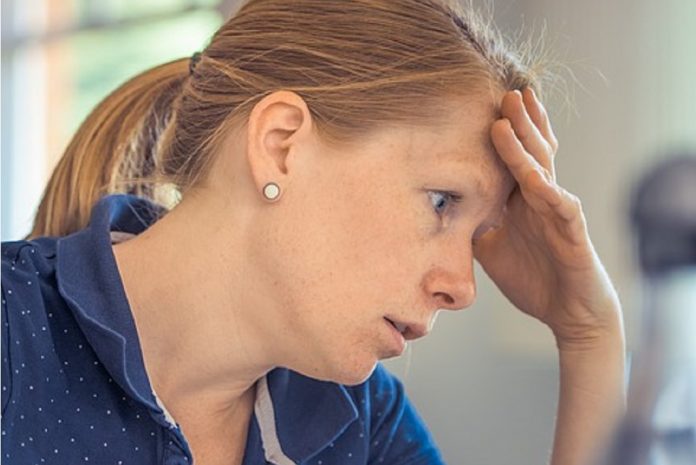A new survey from HRLocker, the Lahinch based HR software solutions provider that enables organisations to manage their people on-site or remotely, has revealed that over half (52%) of full-time workers in Ireland are experiencing burnout.
In recent months, reports from the U.K. and U.S. have pointed towards a dramatic rise in employee stress and anxiety, leading to unprecedented levels of job burnout. Such strain is known to reduce employee satisfaction, directly impact productivity while also raising employee churn rates; neither of which are good for business.
To better understand how workers in Ireland are faring, HRLocker surveyed 1,000 full-time employees across the country, assessing their stress levels, the primary causes of that stress and how it was impacting their performance.
Cross-Generational Burnout
Despite Gen-Z and Millennial respondents recording the highest levels of burnout, it’s not only a ‘snowflake’ related condition, as Baby Boomers reported similar levels. In fact, Generation-X is the only age group where the burnout level was less than 50%.
- Gen-Z (aged 18 – 24) – 58%
- Millennials (aged 25 – 40) – 57%
- Gen-X (aged 41 – 56) – 39%
- Baby Boomers (aged 57 – 66) – 52%
As with the symptoms of burnout, the causes can vary from person to person. The top reasons cited by survey participants were:
- 27% Pressure to be ‘always on’
- 24% Unmanageable workload
- 16% Lack of control over work
- 13% Lack of support from manager
- 10% Unfair treatment
- 5% Inadequate pay
- 5% Other
When asked what impact Covid-19 and lockdown had had on job burnout, two thirds of respondents (66%) believe it has had a negative impact, raising stress levels. Interestingly, however, 18% expressed that the pandemic had a positive impact, allowing for better work/ life balance and less commuting.
Industries with the highest burnout rates
The survey findings also show that some industries are more prone to burnout than others. Unsurprisingly, individuals working in industries with frequent deadlines, high levels of public interaction and heightened risk of physical harm were more likely to report feelings of burnout. Based on survey responses, below are the industries with the highest and lowest burnout levels in Ireland.
The table below shows the industries with the highest and lowest levels of burnout.
|
Highest Burnout Levels |
Lowest Burnout Levels |
|
1. Charity / Not-for-profit |
1. Hair & beauty |
|
2. Social work |
2. Third level education |
|
3. Emergency response |
3. Construction |
|
4. Medicine |
4. Telecommunications |
|
5. Communications |
5. Entertainment & recreation |
For many industries, the fast-paced introduction of lockdowns had a devastating effect. For charities and not-for-profits, vital fundraising initiatives were cancelled overnight. At the same time resources were stretched to the limit as organisations, particularly in the fields of domestic abuse and mental health, witnessed a surge in demand. The net result is that a staggering 68% pf respondents working for charities and NFPs feel burnt out.
Surprisingly, considering the major impact of lockdown, those working in hair and beauty reported the lowest levels of burnout, with just one in 10 (9%) individuals expressing that the stress of their job had been overwhelming.
“With the shift to hybrid working, the distinction between work time and personal time is likely to remain an issue for the foreseeable future, as is employee anxiety over office work and health and safety,” says Adam Coleman, CEO at HRLocker.
He adds, “Now, more than ever, organisations must take effective measures to support their employees. Introducing processes to monitor workload, putting employee support structures in place and establishing a constructive, two-way dialogue with their teams, leveraging technology to empower their people and reduce admin.”











































